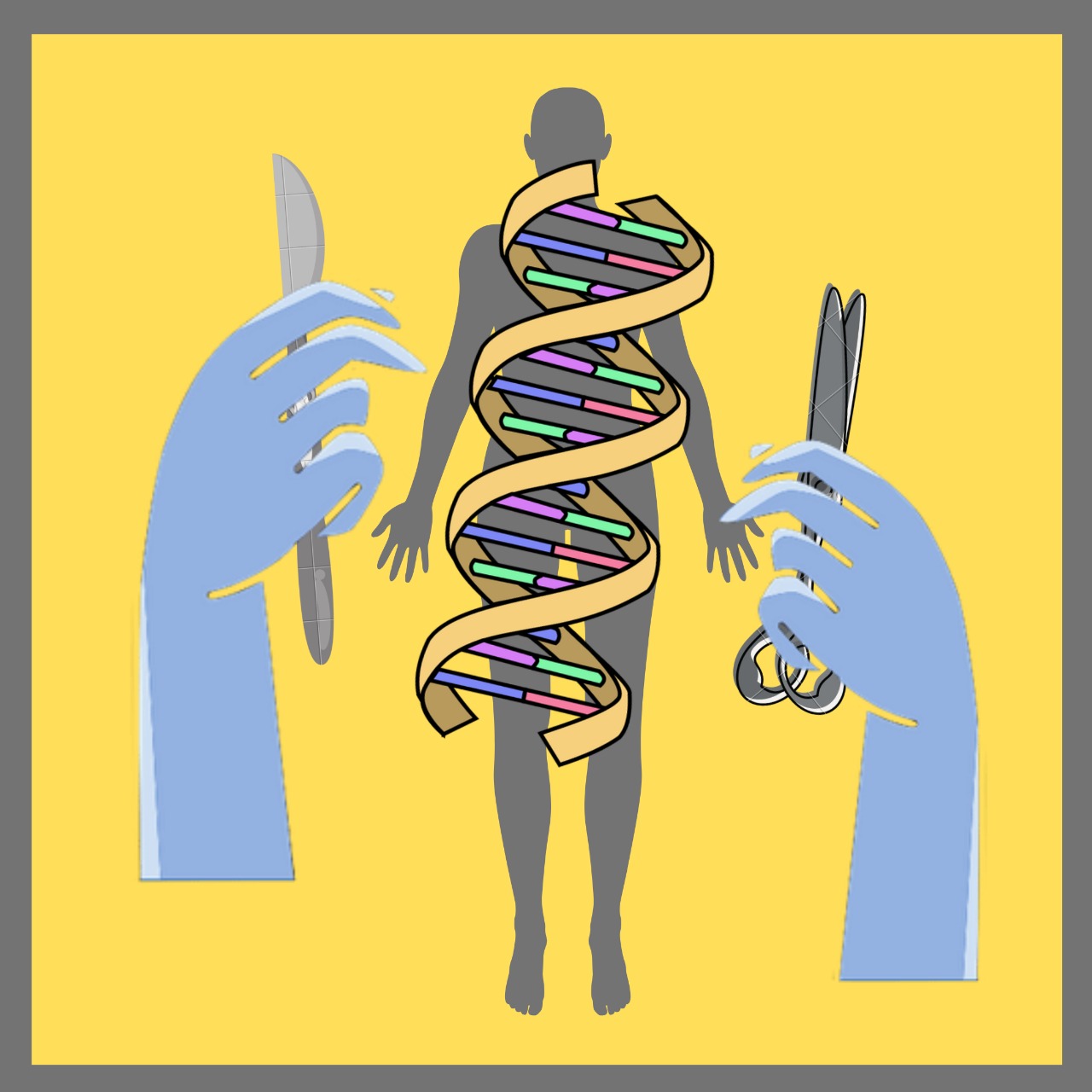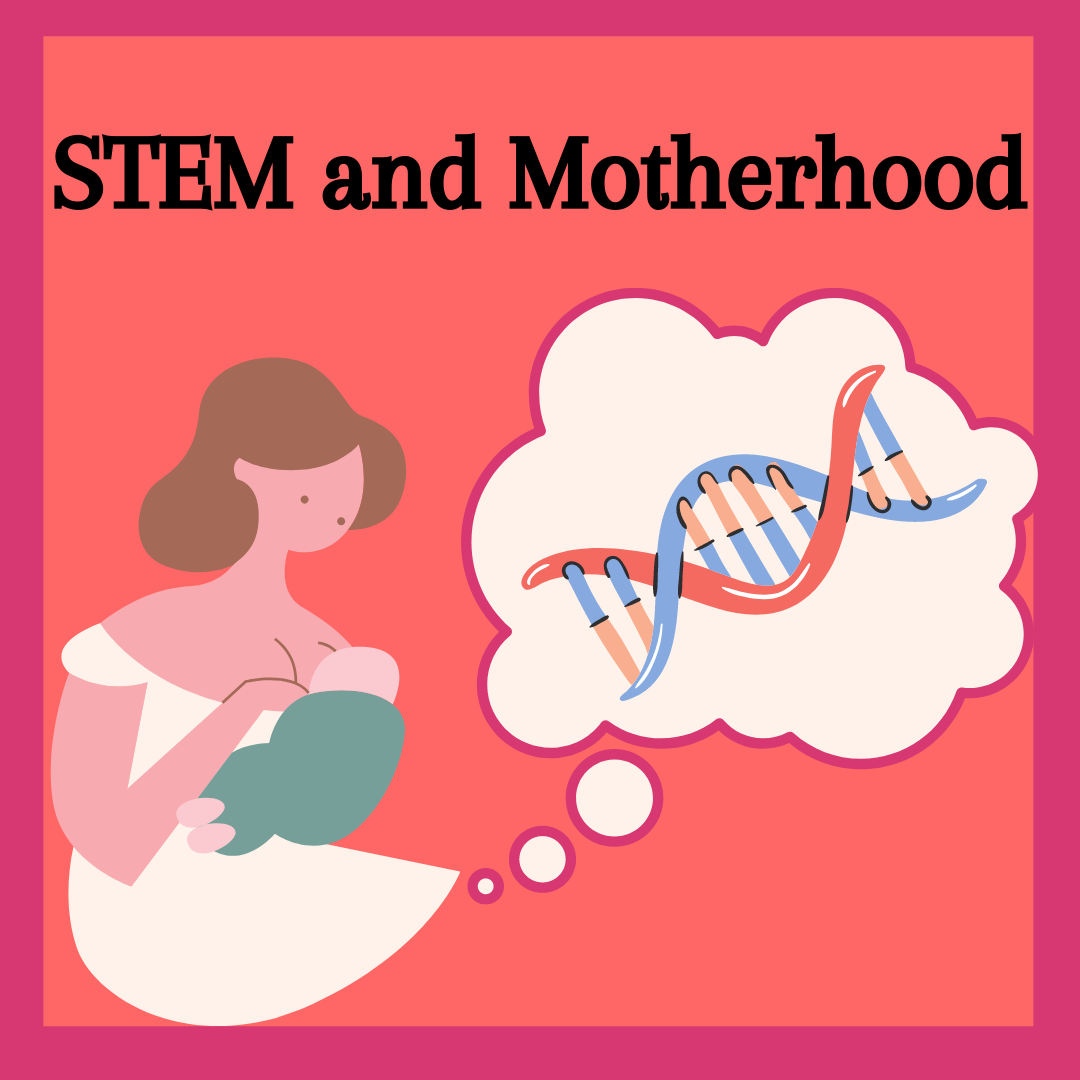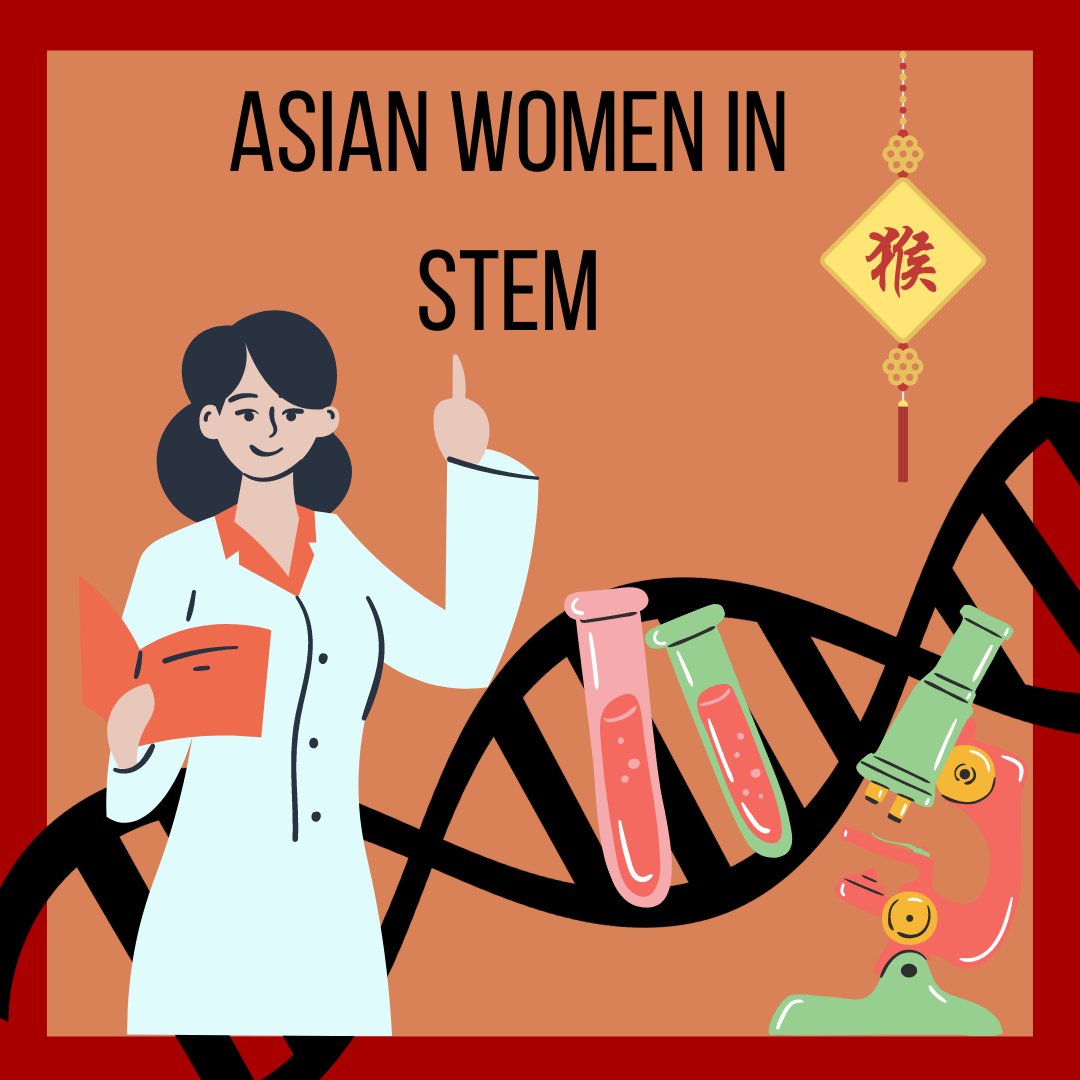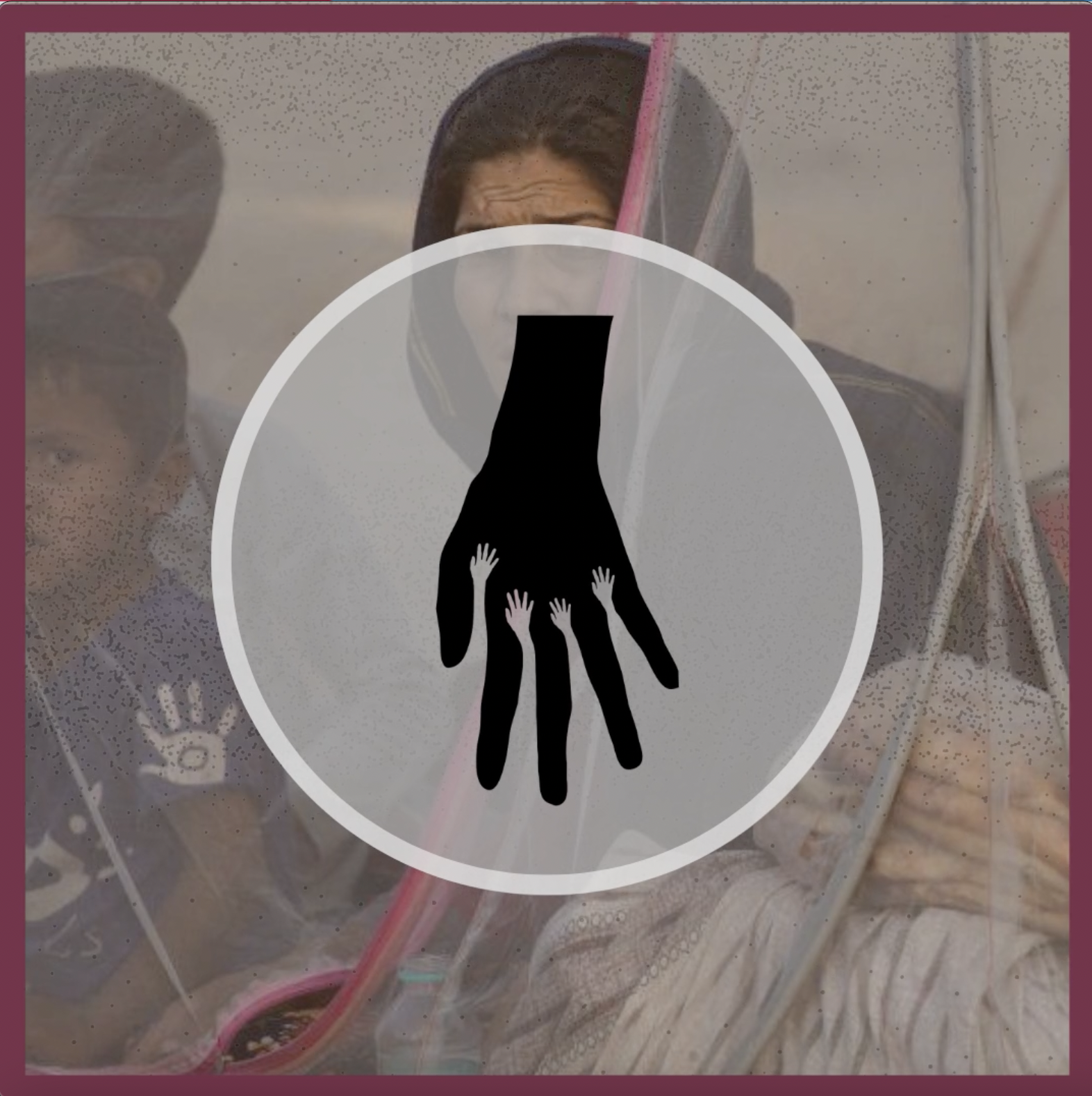Today’s society is structured so that we need to make life altering decisions at the ripe age of 18, a time when, frankly, most people don’t really know what they’’re doing. Filling out college applications always comes with some anxiety. What program do I want to do? What major will I choose? Should I take this subject? Or will that one look better on the CV? There are however, some people who find this easier than others. Jennifer Doudna was one of them. What makes her different from the rest of us peasants? She had a passion, and she let that drive her decisions for her future in becoming a biochemist who revolutionised the world of genetics and, consequently, biology.
Congratulations Dr. Doudna and Dr. Charpentier for winning the Nobel Prize in Chemistry 2020 for their work with the gene editing technology CRISPR/Cas9! This is the first time a team of only women have won this award in history.
What makes her different.
When you go out (or used to haha, remember those days?), where do (or shall I say ‘did’) you usually go? The mall maybe, with some friends? Or perhaps a club, if its late enough? I mean, that’s the normal teenage idea of going out. Growing up in Hilo, Hawaii, Jennifer Doudna didn’t spend her time in malls and clubs, instead, she explored the rustic landscape of the volcano ridden land she’d found herself in. She would study the lush vegetation or the sandy beaches of Huwaii, getting the chance to learn first-hand the science behind nature. And hence begin her journey in the sciences, or more specifically, the natural sciences.

Jennifer, unlike an unfortunate number of girls who show an interest in the sciences, had extremely supportive parents. Her father was an English Literature professor while her mother was a History teacher. Growing up in a very academically oriented house naturally made Jennifer a very studious person, motivating her to read books about the double helix structure of DNA at an age where we’d read about Harry sticking his wand up a troll’s nose. Her parents also supplied her with books and museum trips, and one summer even organized an excursion with Don Hermes, a biologist at the University of Hawaii. Well, we call it ‘excursion’, but really it was an entire summer’s worth of science experiments.
Imagine being 14 and learning how to embed fungus in resin? The experience of outdoor science experiments and data analysis is what helped Jennifer make up her mind about pursuing biology and the life sciences.
“It was my [first] taste of the thrill of scientific discovery, an experience that I’d read so much about – and it left me hungering for more.”
– Jennifer Doudna
And onto good things.
Having found her passion, Jennifer knew the direction she could take. So, she let this passion drive her life, and we know how how that turned out. She had found what made her excited about life, what made her want to explore and discover. (Another scientist/superhero who found her love pretty early- Christiane Nüsslein-Volhard.) She found her passion and then trusted it to push her to make a career out of exactly that.

Of course, studying the sciences in the 1900s as a female is bound to be met with some skepticism from the male professors and associates. We’ve all heard our fair share of stories about women in university being told (I’m paraphrasing) “It’s great that you’re studying so much but, let’s face it, you’re not sticking around. Don’t you want a family?”
“I think that for a lot of women there’s a subtle but unfortunately effective discouragement of women pursuing the STEM fields.”
– Jennifer Doudna
Women are constantly being subconsciously programmed to think that they shouldn’t be, or can’t, pursue the sciences. And yet, in the midst of that discrimination, Jenifer was able to make one of the biggest breakthroughs in Biology. Jennifer finished her undergraduate studies from Pomona College in 1985 and then went on to Harvard Medical School, finishing her education in 1989.
The rest of history. Nope, wait. Herstory.
In 1998, Jennifer mapped out the structure of the ribosomal RNA using x-ray imaging. Using this, she and her team have been able to find the crystal structure of the hepatitis delta virus (HDV), a pathogen linked to hepatitis B. In doing so, they would be able to figure out how its RNA functions and hence find a way to combat it, and fast forward a few years, voila: a treatment. So, putting things in perspective, she made therapeutic developments against Hepatitis B possible.

“One of the problems in the biotech world is the lack of women in leadership roles, and I’d like to see that change by walking the walk.”
– Jennifer Doudna
After a few more breakthroughs in the research of RNAs and their structure, Jennifer moved on to studying genetics and transforming the field as she went. I’m sure you’ve heard of CRISPR, the famous, very cost effective, gene editing software. Well, Jennifer was one of the pioneers who made it possible for this technology to exist today.
CRISPR is what all the talk is about in the bioengineering world. Imagine, being able to introduce, delete or change genes in our genome to reverse cancer in cells, knockout HIV from our bodies and correct genetic diseases. That is CRISPR. Jennifer Doudna is credited as the co-inventor of the CRISPR-Cas9 technology alongside another (surprise, surprise) woman in science, Emmanuelle Charpentier (read about her now!).
The two share the only Nobel Prize in Chemistry (awarded in 2020) ever given solely to a team of two women.
Jennifer is, therefore, a key player in maybe the biggest breakthrough in modern-day biology. I mean, what else can I say except- Professor Doudna, you’re my hero.

“The idea that you would affect evolution is a very profound thing.”
– Jennifer Doudna
This what a scientist looks like.
Today, the Li Ka Shing Chancellor Chair Professor in the Department of Chemistry and the Department of Molecular and Cell Biology at the University of California, Berkeley, Jennifer is a force to be reckoned with. She started working at Berkley because she was particularly keen to use the Laboratory’s synchroton. This is a powerful machine that emits high intensity X-ray beams that allowed her to go deeper into the study of the complex structure of proteins and other molecules. As a professor, Jennifer continues to inspire young women and girls to pursue the sciences regardless of the narrative that society sets for us.
“I don’t think of myself as a role model, but I can see that I am.”
– Jennifer Doudna

So girls, stay inspired and keep pursuing your dreams, even if others tell you it isn’t for you. (Spoiler alert: they don’t get to decide that.) I know, I’ve said this more than a few times before but block out their noise. It’s just that, noise. Use it as the background music to you taking center stage. Keep working hard and, I swear, you’ll get there. Then it’s only a matter of time till, like Jennifer, we can show the world,
“Women in Science? Shocker, we exist!” 🙂
If you like this post, you might like some of our other work too!
- March 2022
- August 2021
- July 2021
- June 2021
- May 2021
- April 2021
- March 2021
- February 2021
- January 2021
- December 2020
- November 2020
- October 2020
- September 2020
- August 2020
- July 2020
- June 2020
- May 2020
Subscribe to help us keep you updated each time we post something new!




Leave a Reply